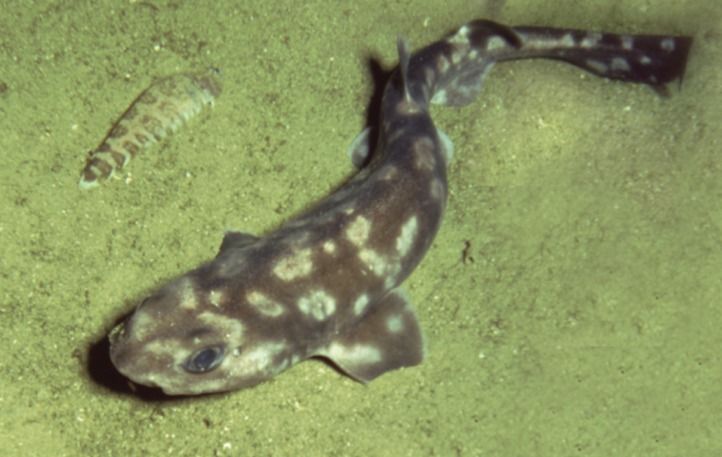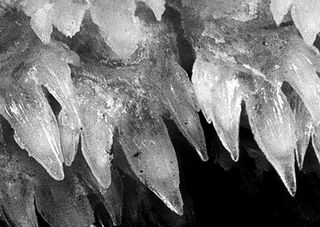
Spotted Shark Discovered Near Galapagos

Scientists have announced the discovery of a new species of spotted, bottom-dwelling shark near the Galapagos Islands, where astonished researchers saw it from a submersible.
The newly named species, Bythaelurus giddingsi, is a kind of catshark. Such animals had never been seen near the famed Eastern Pacific archipelago until researchers descended some 1,600 feet (500 meters) to the ocean floor.
"We looked out the window and saw this spotted catshark and said, 'What the heck is that?'" recalled John McCosker, chairman of aquatic biology at the California Academy of Sciences, and lead author on a paper describing the shark. "It was very exciting because we didn't expect that that genus had a species of shark living in the Galapagos."
The veteran ichthyologist and shark researcher said he turned to the sub's pilot and said, "We gotta get that shark."

Shark hunt
A farcical chase ensued, McCosker said, with the shark scurrying out of reach every time the sub's vacuum-like collecting tool got within reach.
The sub finally sucked in the evasive shark, and researchers eventually captured six more specimens: dainty, chocolate-brown sharks, speckled with pale spots about the size of their large eyes.
Sign up for the Live Science daily newsletter now
Get the world’s most fascinating discoveries delivered straight to your inbox.
Unlike in many shark species, the spots appear to be distributed at random, with patterns unique to each animal, "which is quite remarkable," McCosker said. The species is found only near the Galapagos Islands, famed for their unique species both on land and in the sea, attributed to their extreme geographical isolation.
McCosker estimated that the largest catsharks he observed were about 2 feet (0.6 meters) long, about average for catsharks. Limited by the submersible's collecting instrument, the largest shark the team retrieved was only about 17 inches (45 centimeters).

DNA delay
Although researchers are only now publishing the new species description, the newly described specimens were collected on diving expeditions in 1995 and 1998. They were stored in formaldehyde, which breaks down proteins and makes DNA sampling impossible; McCosker said that, with advances in DNA analysis, the team was hoping to get further shark specimens for genetic sampling before proceeding. Unfortunately, he said, they weren't able to return to the region, and decided to publish.
The research is published in the March 5 issue of the journal Zootaxa.
McCosker said the announcement is bittersweet.
"There is great irony to be discovering new species of sharks, as sharks are disappearing worldwide," he said, many the victims of the lucrative trade in shark fins for shark fin soup.
"Ninety percent of the sharks that were in the ocean when I was born are gone," McCosker said.













